Forget the tourist traps-here’s where Istanbul really comes alive after dark
You’ve seen the photos: the Bosphorus lit up, the minarets glowing, the crowds outside Istiklal Avenue. But if you’ve only experienced Istanbul’s nightlife through those postcard moments, you’ve missed the real pulse of the city. The magic isn’t in the big clubs or the branded rooftop bars. It’s tucked away in alleyways, behind unmarked doors, and inside old Ottoman houses turned into speakeasies. Istanbul’s nightlife doesn’t shout-it whispers. And if you know where to listen, you’ll find places that feel like secrets shared only with friends.
Most visitors stick to the well-trodden paths because they’re easy. But the city’s best nights happen when you step off the main drag. The locals don’t go to the same place every weekend. They rotate. They discover. They follow rumors. And that’s how you find the real spots-the ones with no signs, no menus, no Instagram hashtags.
The alleyway bars that locals swear by
Start in Beyoğlu, but don’t head straight to Istiklal. Turn left at the third street after Galatasaray High School. There’s a narrow passage with a single red lantern. That’s Bar 1927 a hidden cocktail bar tucked into a restored 19th-century apartment, where the bartender knows your name before you do. No website. No online booking. Just a door that opens if you knock three times. Inside, it’s dim, warm, and quiet. The cocktails are made with Turkish herbs-sage, sumac, wild thyme-distilled in-house. You won’t find a single tequila-based drink here. They use rakı as a base sometimes. Not because it’s trendy, but because it’s part of the culture.
Further down, near the old tram line, there’s Mavi Balık a tiny fish-themed bar where the owner catches his own seafood and serves it with homemade raki on ice. The walls are covered in vintage fishing nets and old postcards of the Black Sea. No music. Just the clink of glasses and low conversation. You’ll see engineers, poets, and retired sailors here. They’ve been coming since the 90s. Tourists rarely find it. And if they do, they leave confused-because there’s no menu. You ask what’s fresh. They tell you. You drink it.
The rooftop that doesn’t look like a rooftop
Everyone knows the rooftop bars on Istiklal. They’re loud, overpriced, and full of people taking selfies. But there’s one on the edge of Karaköy that doesn’t advertise itself at all. It’s called Sırrı a rooftop lounge hidden above a bookshop, with no sign, no elevator, and only 12 seats. You find it by asking the bookseller for "the quiet one." He’ll nod and point to a narrow staircase behind the poetry section. Upstairs, the view stretches from the Golden Horn to the Galata Tower. The drinks are simple: gin with rosewater, tea-infused whiskey, or a glass of local white wine from Thrace. The music? A vinyl player spinning 70s Turkish pop. No DJs. No flashing lights. Just a quiet crowd watching the sunset over the water.
It’s open only on Fridays and Saturdays. You need a reservation. But not through an app. You text the owner’s number, which you get from a friend who’s been there. Or you wait until 9 p.m. and stand outside the bookshop. If someone opens the door and says "Come up," you’re in.
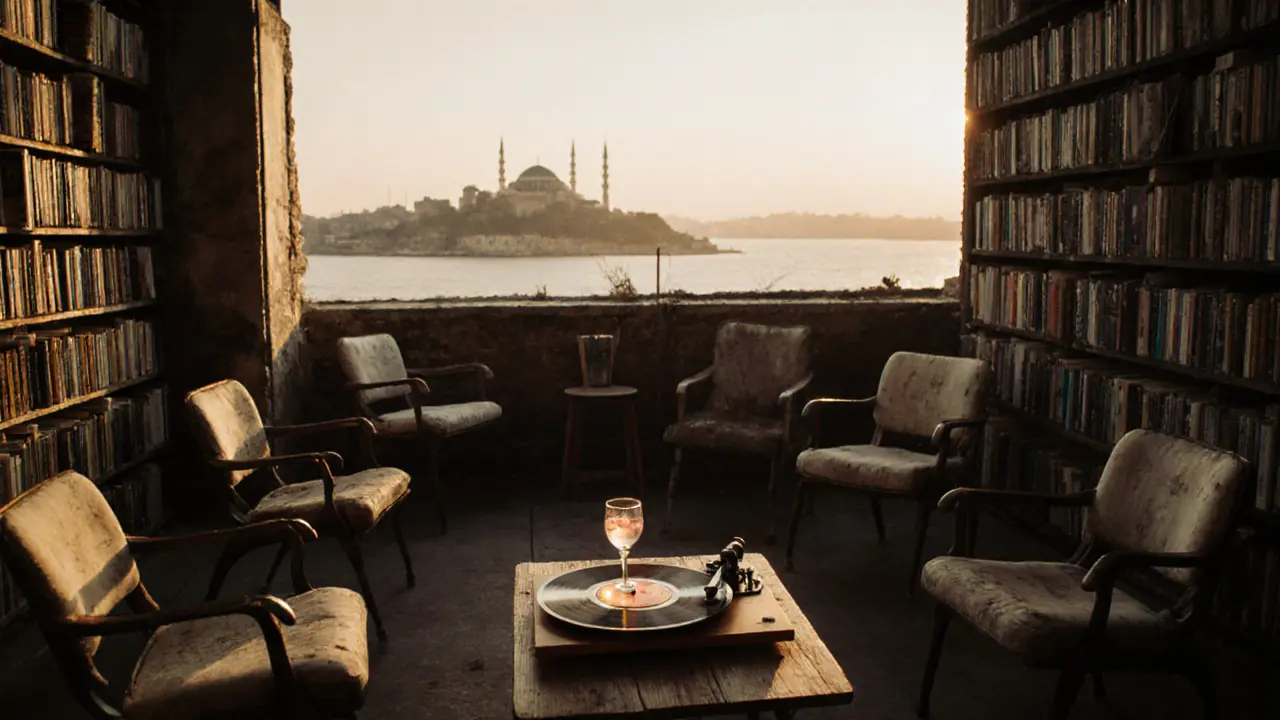
The underground clubs that feel like family
When people think of Istanbul clubs, they picture techno in a warehouse. And yes, those exist. But the real underground scene is quieter, older, and deeply personal. In Kadıköy, across the Bosphorus, there’s a basement space under a 1920s bakery. It’s called Köfte & Bass a club that only opens when the owner feels like it, and plays jazz, soul, and Anatolian folk fused with electronic beats. The walls are painted with murals of old Istanbul street vendors. The floor is sticky with spilled beer and decades of memories. You’ll hear a saxophone player who used to perform with Fikret Kızılok. You’ll meet a DJ who mixes traditional ney flute samples with house rhythms. No cover charge. No bouncers. Just a jar on the counter for donations.
This place doesn’t exist on Google Maps. You’ll only find it if you’re invited. Or if you’ve been asking around for months. The regulars don’t post about it. They don’t want it to become popular. They want it to stay alive.
Where to find the real street food after midnight
Nightlife isn’t just about drinks and music. It’s about the food that keeps you going. In Istanbul, the best late-night eats aren’t in food halls. They’re on street corners, in tiny carts, and in the back of kebab shops that never close.
Head to the intersection of Divan Yolu and Çarşı Caddesi. There’s a man who’s been frying simit and serving it with hot cheese and honey since 1987. He doesn’t have a name on his cart. Just a small sign that says "Kahvaltı Sonrası." Breakfast after midnight. People come here at 3 a.m. after clubs close. They sit on milk crates and eat with their hands. It’s not fancy. But it’s the only thing that makes sense after three glasses of raki.
Another spot: the fish sandwich stall near the Kadıköy ferry terminal. The guy behind the counter wraps grilled mackerel in warm flatbread with pickled red onions and a squeeze of lemon. He doesn’t speak English. But he knows your face by the third time you show up. He’ll add an extra slice of tomato without asking.
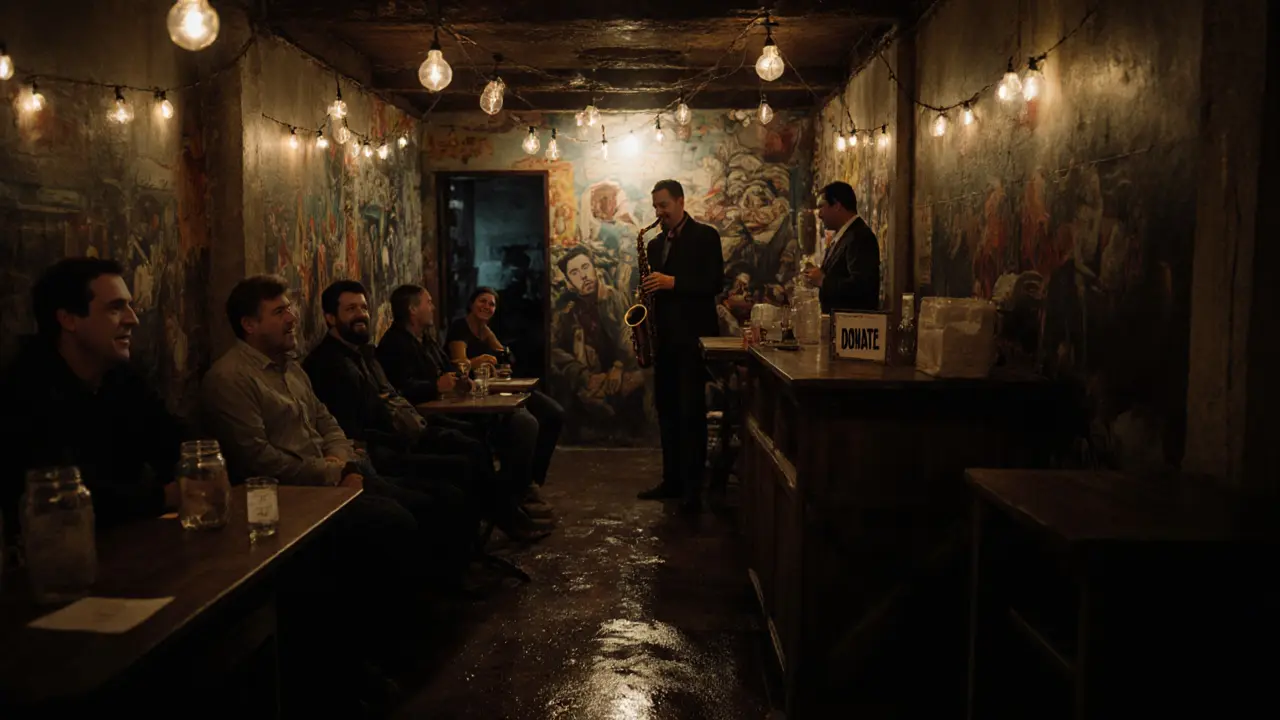
The unspoken rules of Istanbul’s night
There are no laws here. But there are customs. And if you follow them, you’ll blend in. If you don’t, you’ll stand out-and not in a good way.
- Don’t ask for a menu. Ask what’s good.
- Don’t take photos unless someone says it’s okay.
- Don’t leave a tip unless you’re really impressed. Cash is king. Cards? Not always accepted.
- Don’t show up before 11 p.m. Nothing’s open yet.
- Don’t expect loud music everywhere. Silence is just as common as bass.
- Don’t rush. The night lasts until dawn. And if you’re lucky, it lasts longer.
The locals don’t care if you’re foreign. But they notice if you treat their places like a theme park. These aren’t attractions. They’re living rooms. And you’re a guest.
What to do if you get lost-or want to go deeper
Get a local guide. Not the kind you book online. Find someone who works in a small bookstore, a coffee shop that roasts its own beans, or a vinyl record store in Nişantaşı. Ask them: "Where do you go when you want to forget the world?"
They’ll give you a name. Or a street. Or a number to text. And that’s your key.
Or just wander. Turn down a street you’ve never seen. Follow the smell of grilled meat. Listen for laughter. Look for a door that’s slightly ajar. If someone inside smiles and says "Merhaba," you’ve found your next stop.
Istanbul’s nightlife doesn’t need to be marketed. It doesn’t need influencers. It doesn’t need hashtags. It just needs people who are willing to listen.
Are Istanbul’s hidden nightlife spots safe for tourists?
Yes, but only if you respect the space. The hidden bars and clubs aren’t dangerous-they’re just not designed for tourists. Locals are protective of these places, and they’ll notice if you act like you’re on a tour. Don’t take photos without asking. Don’t be loud. Don’t expect to be served quickly. If you’re polite, curious, and patient, you’ll be welcomed. Most of these spots are in safe neighborhoods like Karaköy, Beyoğlu, and Kadıköy, where people know each other.
Do I need to make reservations for these hidden spots?
Some do, most don’t. The rooftop bar Sırrı requires a text message reservation. Bar 1927 only opens if you knock three times and are known to the staff. But places like Mavi Balık or Köfte & Bass operate on a first-come, first-served basis. If you show up at 11 p.m., you’ll likely get in. If you show up at 2 a.m., you might find the place full-but that’s part of the charm. The lack of booking systems is intentional. It keeps the crowds out.
What’s the best night of the week for Istanbul’s hidden nightlife?
Friday and Saturday nights are the most alive. But the real magic happens on Thursday. That’s when locals test out new ideas, when musicians drop in unexpectedly, and when the regulars are still fresh. Many hidden spots don’t open on weekdays, but the ones that do are the most authentic. If you’re looking for something rare, go on a Thursday. You might see a jazz trio that only plays once a month.
Can I find these places using Google Maps or Instagram?
Not really. Google Maps has some of the popular ones, but the real hidden spots are deliberately left off. Instagram is full of fake photos-staged shots of empty bars with filters. The places that matter don’t have accounts. They don’t need them. If you find a place on Instagram with a thousand likes, it’s probably already too popular. The best spots are shared by word of mouth, over a glass of tea, or in a quiet conversation after a concert.
What should I wear to these hidden spots?
Casual, but respectful. No flip-flops. No flashy logos. No tourist hats. Most places are old, intimate, and worn-in. You’ll fit right in wearing jeans, a simple shirt, and comfortable shoes. Some spots are warm inside, so avoid heavy coats. The goal isn’t to look fancy-it’s to look like you belong. Locals dress to feel comfortable, not to impress.
Is it expensive to go out in Istanbul’s hidden nightlife?
Not at all. A cocktail at Bar 1927 costs about 180 Turkish lira-roughly $5.50. A fish sandwich at the Kadıköy stall is 70 lira. Even the rooftop bar Sırrı charges under 200 lira for a drink. These places aren’t trying to profit. They’re trying to survive. The prices are low because the owners care more about preserving culture than making money. You’ll pay less here than you would for a coffee at a tourist spot in Taksim.
Next steps: How to plan your own hidden nightlife crawl
- Arrive in Istanbul with no fixed plans for your first night. Let yourself get lost.
- Visit a small bookstore in Beyoğlu or Kadıköy. Ask the owner: "Where do you go when you want to forget the city?"
- Walk without a map after 10 p.m. Follow the sound of music-or silence.
- Try one new local drink: rakı, şalgam, or a Turkish wine from the Black Sea coast.
- Stay out until sunrise. The city doesn’t sleep-it just changes shape.
The real Istanbul doesn’t show itself to those who rush. It waits. And when you finally sit in one of those quiet corners, with a glass in your hand and strangers becoming friends, you’ll understand why people keep coming back.
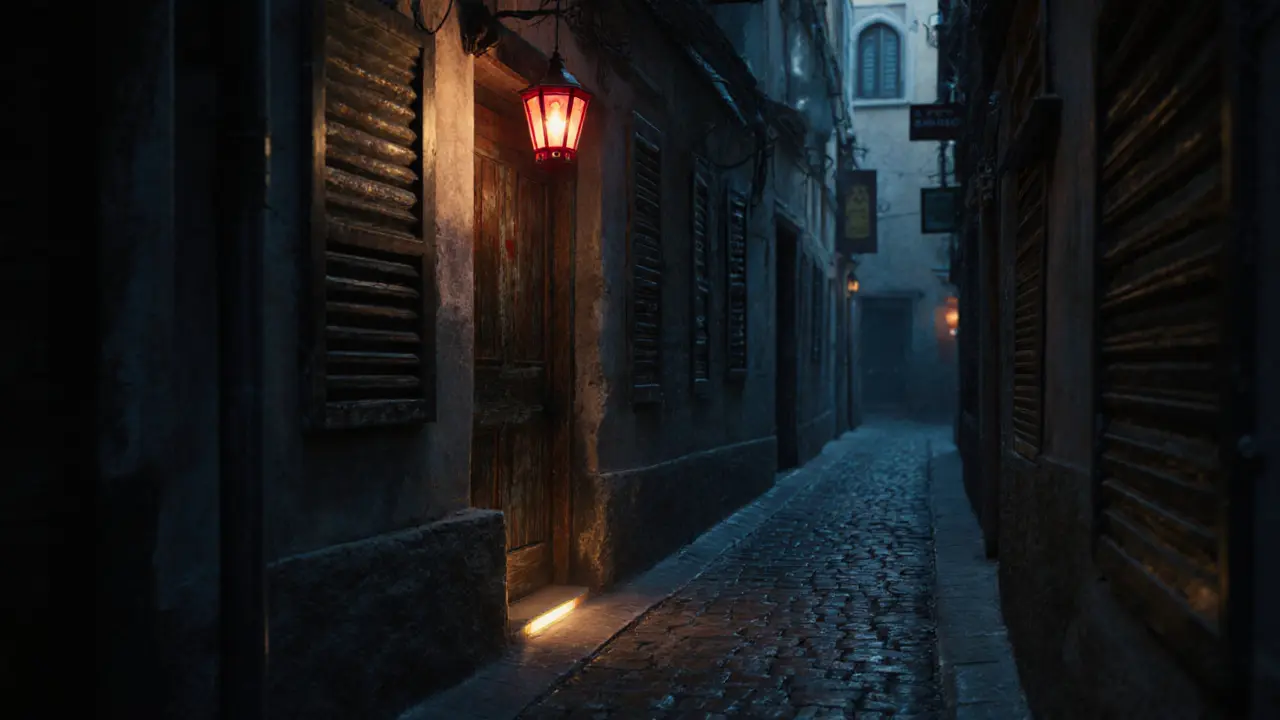

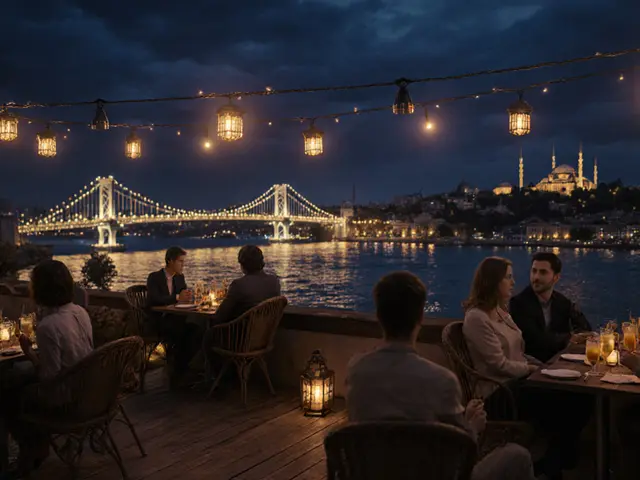
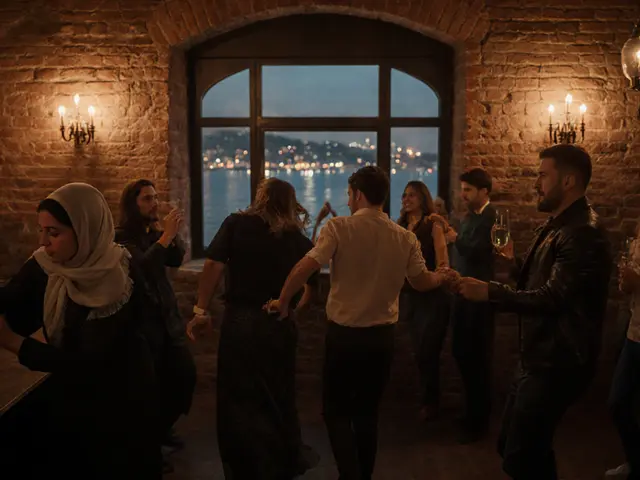




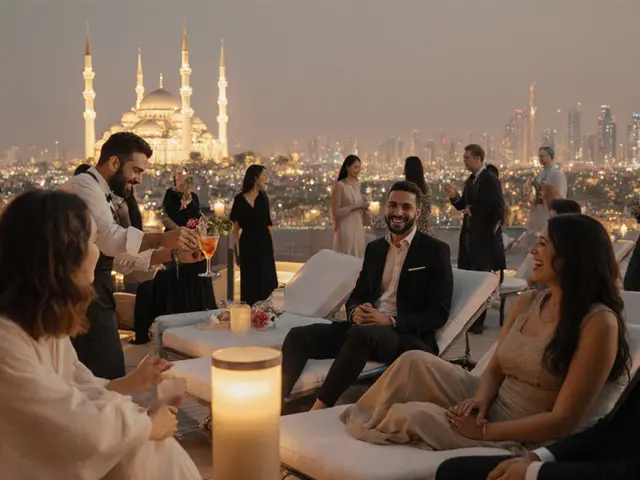
Write a comment